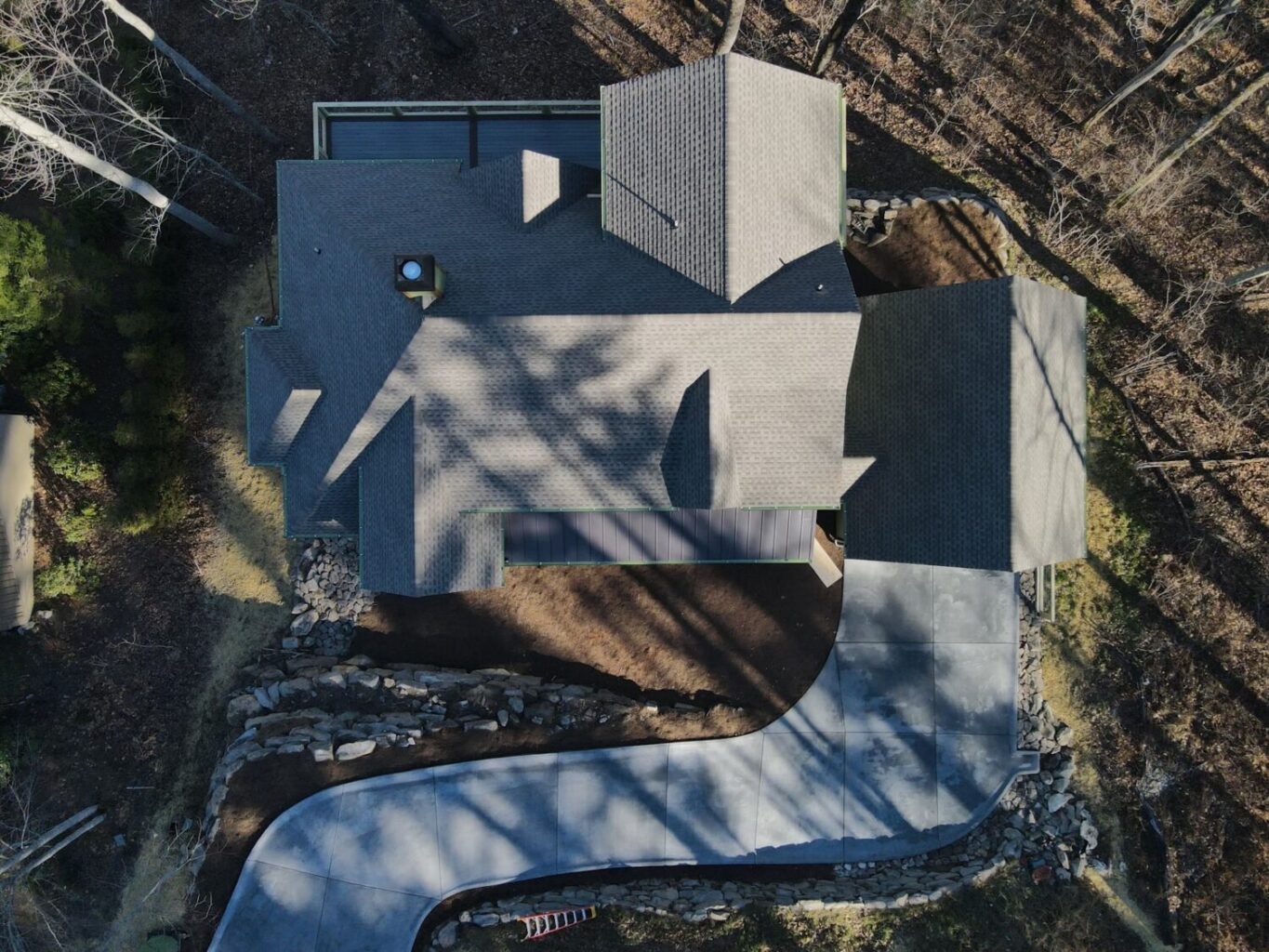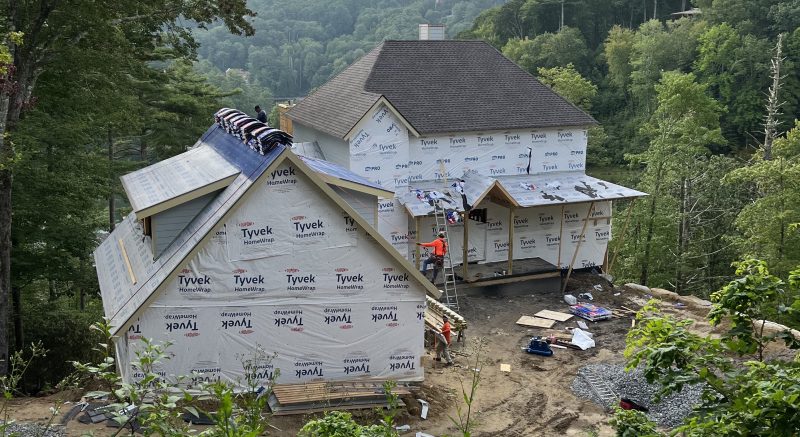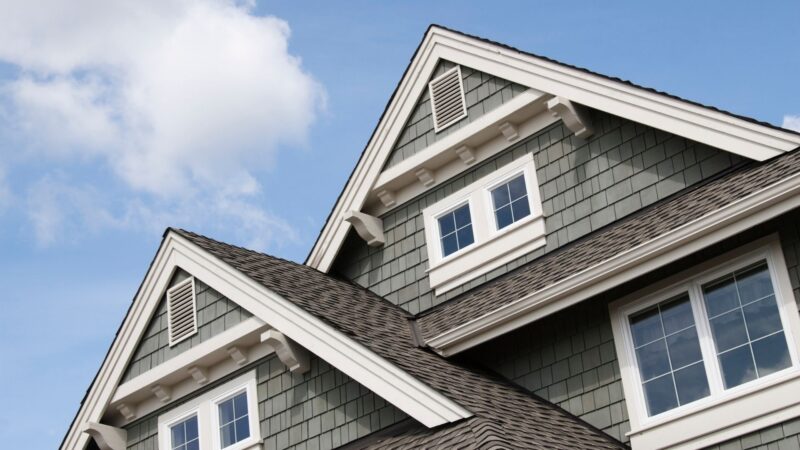Most homeowners recognize the importance of their roof, but may not have heard of roofing underlayment, also known as “roofing felt.” Adding extra protection from weather elements is just what your home needs for longer-lasting success! Roof underlayment is essentially a layer of tar paper that lines the top of your house before the more familiar roofing material goes on top.
Why is Roofing Underlayment Important?
You can argue about whether or not roofing felt is necessary, given the durability of the given material, and the added cost of roofing underlayment. For this article, we’ll outline the benefits of roofing underlayment and why you should consider adding it for your roof replacement.
1. Inclement Weather Protection
In instances where harsh weather surrounds your home, roof underlayment can be a lifesaver. Think of it as a primer in the form of a natural base, or a primer that is professionally secured before we perform residential or multi-family roof replacement.

For instance, if you live in a location known for heavy rain, water can seep under your roofing shingles, which can leak into your home and cause lots of costly damage. If harsh storms tear shingles off your roof, it’s critical to have roof underlayment so that moisture doesn’t make its way into your home. Roofing felt’s main job provides an extra, cautionary layer of protection, and saves you the worry of costly roof repair!
2. Stronger Fire Ratings
A very obscure fact, but when your roofing material is inspected for fire ratings, it may need roofing felt paper in order to pass with a Class A Rating! Some shingles require the felt for safety reasons, as it acts as an extra shield between the fire and home.
Make sure to research the type of roofing material you are placing on your home in conjunction with the roofing felt, so they’re both compatible and will achieve a high fire rating. Our previous post, “Choosing The Best Roofing Material,” entails more information about the roofing materials you should consider for your roof replacement.
3. Considerate Protection for Future Roofers
Roofing underlayment even acts as protection for roofing workers, who have to walk all over your roof during the process of repair or replacement. The roofing felt gives them something to grip onto when they are taking shingles off or conducting any repairs. Consider how much more dangerous it is if there’s nothing beneath them when they’re removing roofing material.

4. A Smart And Uniform Look
Another reason for installing roofing felt is how it can give a more uniform look to your roof, by presenting a smooth layer underneath your roofing material. On top of general roof replacement, this is a bonus for potential home buyers to know that the secondary layer of protection prevents moisture from infiltrating their roofing system.
What are The Different Types of Roofing Underlayment?
To choose your roof underlayment, you can decide on price, whether it can also be used long-term, and compatibility with your given roof material. Similar to insulation for your garage door or within your home’s walls, any addition of protection makes a difference, and is a game changer!
Home Renovation Pro Tip:
You can buy a roll of roofing felt paper to cover your house! We recommend buying 10% more than you need. Asphalt-saturated felt is typically used, but it can depend on the roofing material and surface area.
Highlights on Roof Underlayment Types
We don’t expect you to be an expert on commercial-grade and under-utilized roofing materials! Here is a rundown of the common types of underlayment and felt, and the differences between them:
Asphalt-saturated felt
- Repels water
- Normally used in temperate climates
- Primarily used before the invention of rubberized asphalt and non-bitumen synthetic underlayments
Non-bitumen synthetic underlayment
- Does not absorb moisture at all
- Lightweight material
- Highly resistant to mold growth
Rubberized asphalt underlayment
- Highly effective
- Quick installation thanks to its self-adhesive, peel-off feature (similar to what homeowners can find on DIY flooring)
Which of these types of roofing underlayment is the best? If one type piques your interest over another, don’t hesitate to ask Bull Roofing about additional layers of protection to your roof replacement. We want to ensure your roof is not only in great shape, but set for longer-lasting use!
Bull Roofing Pro Tip:
Roofing underlayment typically comes in two sizes– No. 15 and No. 30– with No. 30 being the strongest. While No. 15 is cheaper, this size should be used for lighter duty projects and steep roofs. No. 30 is thicker and can be used with heavier duty projects, such as under slate or tile.
Set Your Roof Replacement Up For Success With A Roof Underlayment
Ask Bull Roofing about adding a roof underlayment to your roofing system. If you’re curious about how to install roofing underlayment, we can help you here at Bull Roofing.
We have a wonderful team of roofing experts who are able to answer all of your questions about the best roof replacement your money can buy and roof underlayment installation near you. Contact us now to set up a roofing felt consultation!


